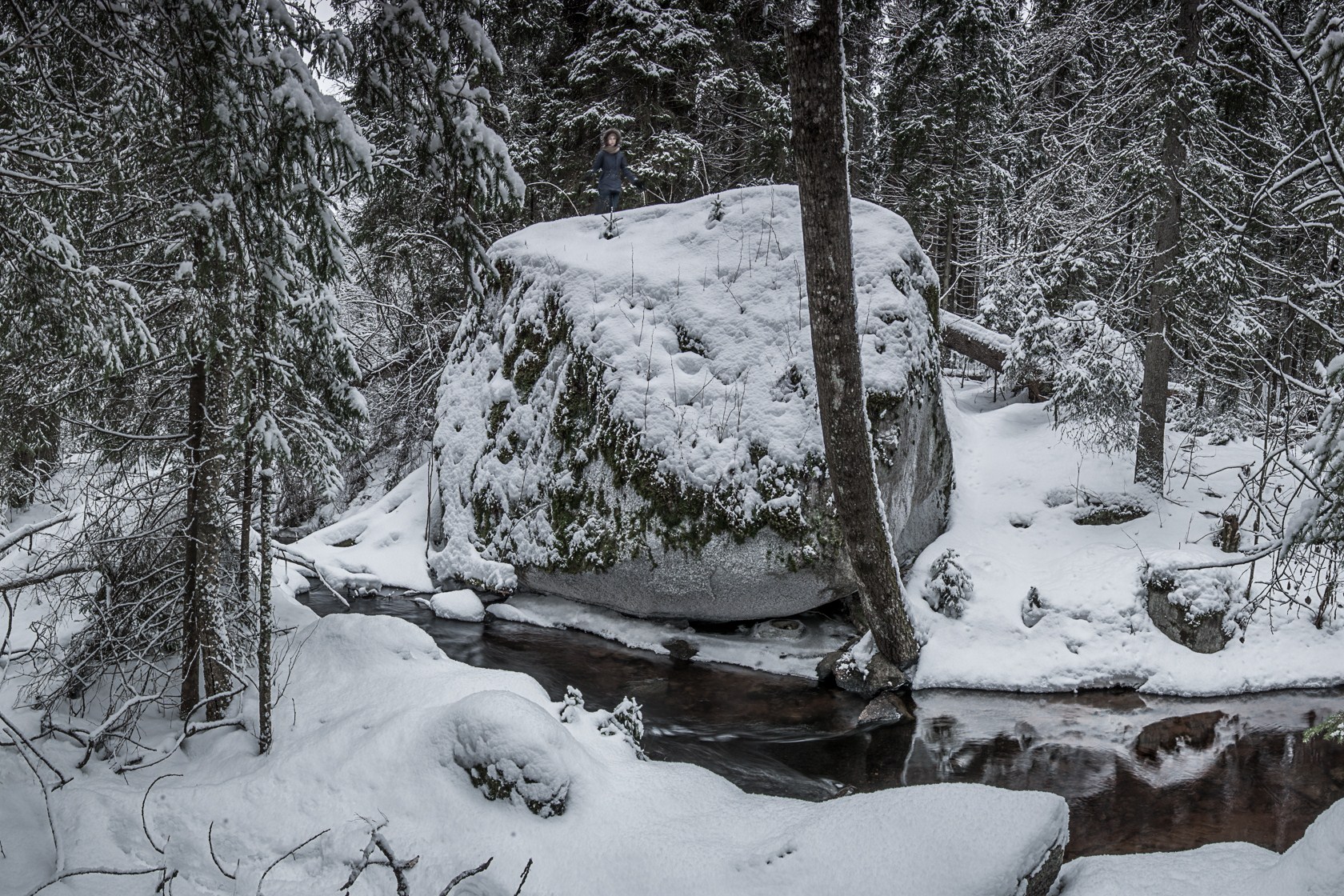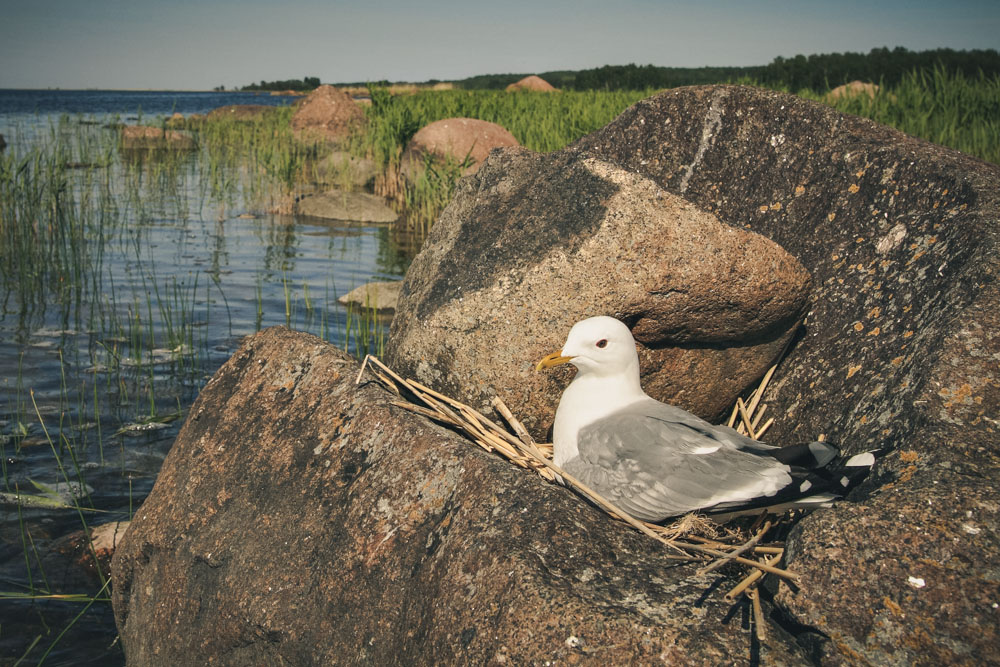
Over the last years a huge emphasis has been placed on ecologic enlightenment and development of ecologic culture in our country, given that ecologic culture is an essential part of national culture as well as harmonious co-existence of society and environment.
Eco-tourism, characterized by love of nature, contributes to enhancement of ecologic culture of population and preservation of wildlife. Objects of ecologic tourism are represented by natural and historical monuments, natural and natural-anthropogenic landscapes,therewith ecological routes run through territories of unique natural complexes which have been granted the status of specially protected objects.
Each of these territories is peculiar and has not only well-preserved valuable natural complexes but also a rich history. Duderhof Heights natural monument and Sergievka Park have been inscribed on the list of UNESCO World Heritage Sites as part of Saint Petersburg Historic Centre and associated groups of monuments.
To date 15 specially protected natural territories of regional relevance – 8 wildlife sanctuaries and 7 natural monuments are located in Saint Petersburg:
|
Yuntolovsky State Natural Reserve The Natural Reserve occupies the largest part of the Lakchtinskoye swamp and water area of Lakchtinsky Razliv Gulf. The territory features typical seaside landscapes which occupied vast areas in the on-shore part of the Neva Bay before the city foundation. More than90 bird species nest here and about 50 species can be met here during migration, wintering and summer in the Nature Reserve. Many nesting species are numbered among rare and require protection. |
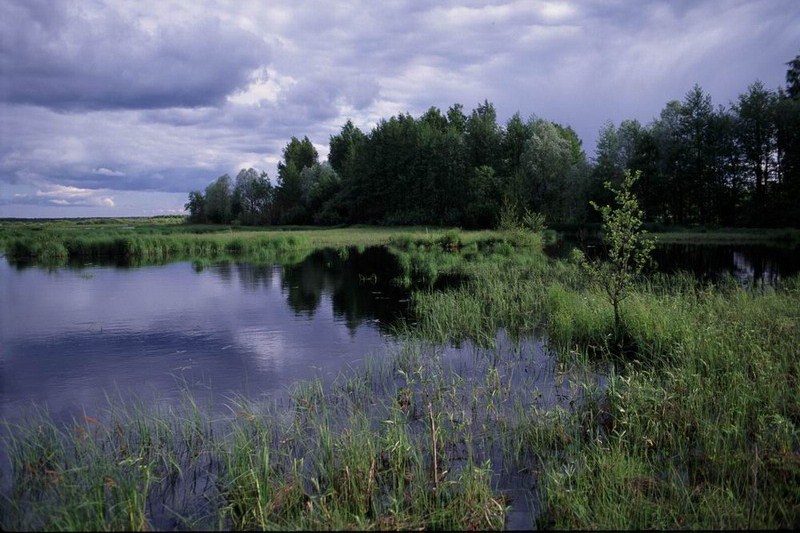 |
|
|
Gladyshevsky State Natural Reserve It is located in the catchment of Gladyshevka River on the territory of two Russian subjects – Saint Petersburg and Leningrad Region. Rivers, flowing within the boundaries of the reserve, are the only in Saint Petersburg, where you can find European pearl-shell,listed in the Red Book of Russia. Flora of the reserve is represented by multiple-aged pinery, ripe fir woods are well-preserved. |
|
Schuchie Lake State Natural Reserve It is a massif with taiga forests that are typical for the Karelian Isthmus. Pine and fir trees dominate the vegetation cover. The territory is characterized by a considerable development of water and ice reliefs — kame hills and ranges,thermokarst basins. Over 70 bird species inhabit the reserve’s territory. Forest polecat,fox, hare, weasel, and marten constantly stay here. Pikes really inhabit the Schuchie Lake (Pike Lake). Hooved animals are represented by moose deer. |
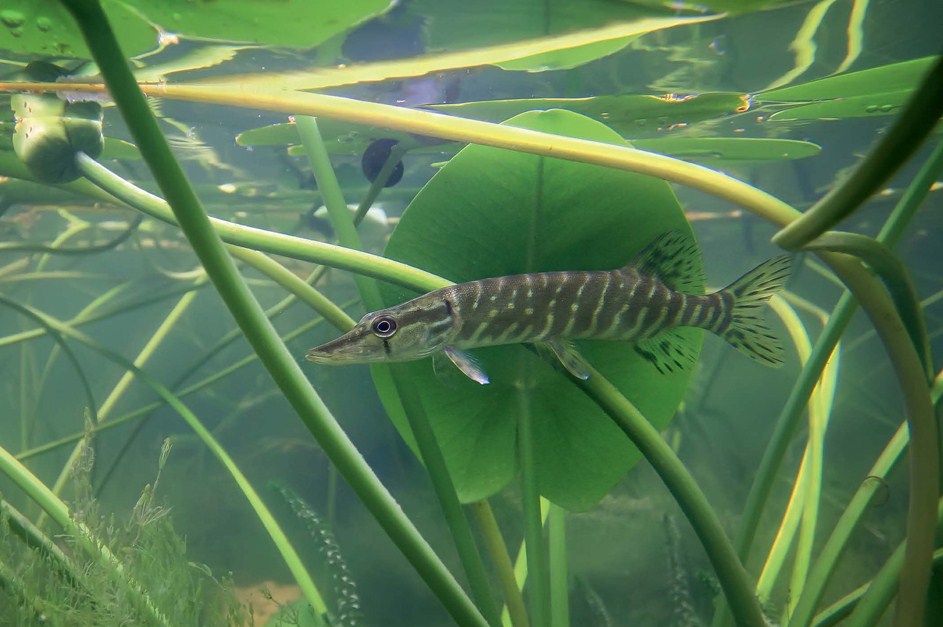 |
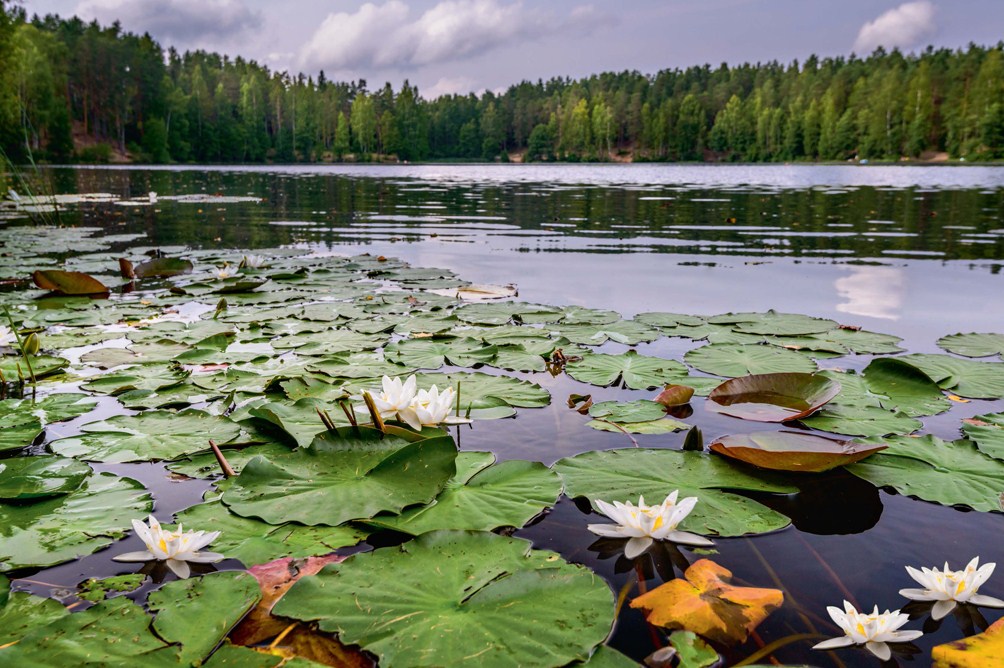 |
Sestroretskoye swamp State Natural Reserve It is the largest specially protected natural territory in Saint Petersburg. Within the boundaries of the reserve there is a vast highmoor with low-level and transitional outskirts which have never been subject to drainage close to the Northern part of the Sestroretsky Razliv reservoir. Razliv's shallow waters and flowing rivers play a significant role as a place of assembly of waterfowls and wetland birds during migration period. The swamp is difficult to travel over which makes it possible for many species of vertebrate animals to inhabit the reserve. In total the reserve amounts to 5 species of amphibias, 3 species of reptiles, 162 species of birds and 19 species ofmammals. |
|
Northern Shore of Neva Bay State Natural Reserve This forest area is uncommon for Saint Petersburg and its suburbs with a significant number of broad-leaved wood species,including old oaks and natural oak undergrowth layer. An adjacent water area is one of the most important places of season stopover for migrating birds in the Neva Bay. For the present moment a narrow stride of shallow waters along the reserve’s boundaries is one of few places in the city’s suburbs, where swimming and semi-aquatic aves can make a stopover along the White Sea-Baltic migration way. |
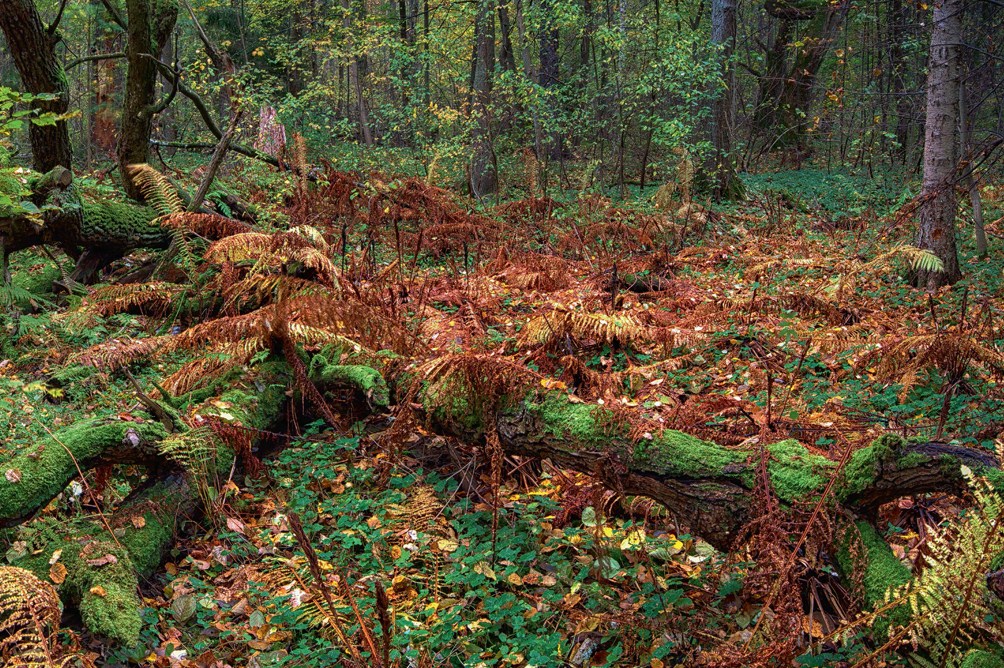 |
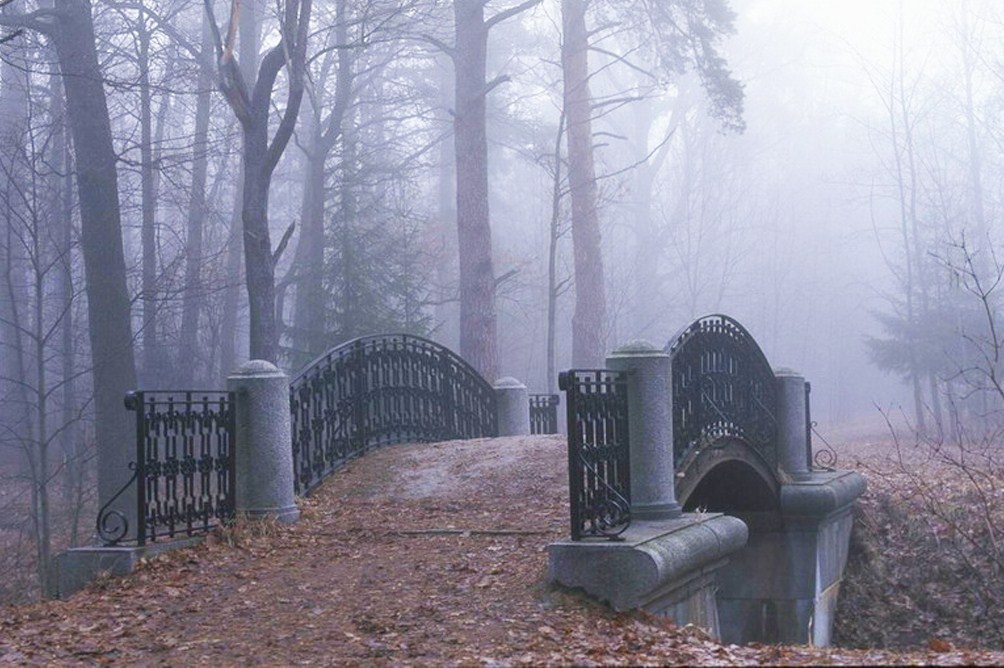 |
Sergievka Park Natural Monument It is a landscape park founded in the first half of XIX century on the spot of natural forest lands which partially preserved an original layout plan and flora types. The natural complex is represented by South taiga and nemoral forest entities, meadows, lowland swamps and onshore reed thickets. Since 1920 the park houses natural science laboratories of Saint Petersburg State University. |
|
Strelninsky Bereg Natural Monument It is a coastal area of Finland Gulf with black alder forests, ivy entitites and reed thickets which are typical seaside landscapes, widely spread along the Neva Bay in the past. The territory of natural monument adjoins the State Palace of Congresses and can be visited onlyby special permission. |
 |
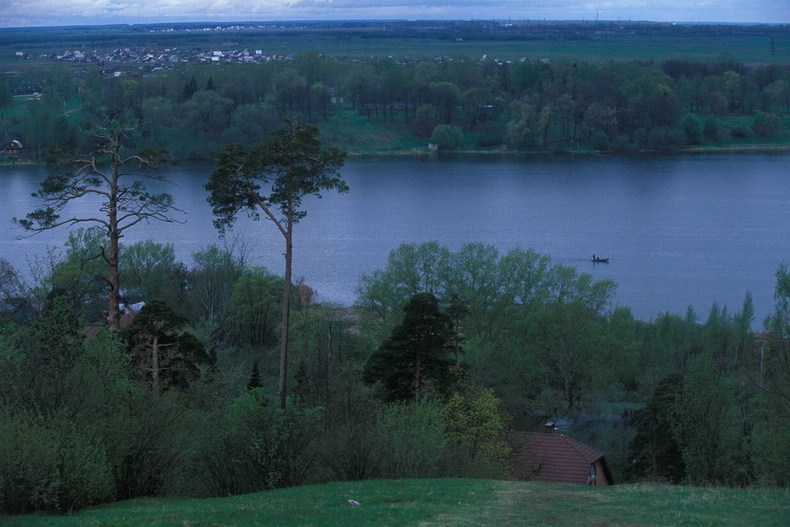 |
Duderhof Heights Natural Monument The heights are composed of two large steep-sided hills – Voronya Mountain and Orekhovaya Mountain. The hills are covered by broad-leaved woods, uncommon for Saint Petersburg and typical for Southern latitudes. An absolute height of Orekhovaya Mountain is 176 metres, being the highest peak of Saint Petersburg. |
|
Komarovsky Bereg Natural Monument It is an area of common natural complexes of the Northern coast of the Gulf of Finland with sand beaches, low dunes withpsammophytic vegetation, fir, pine and black alder entities. One remarkable thing about the natural reserve’s fauna is a huge amount of ant-hills and nests of Northern forest ants. In 2014 the city’s first ecological route was opened on the territory of Komarovsky Bereg Natural Monument. |
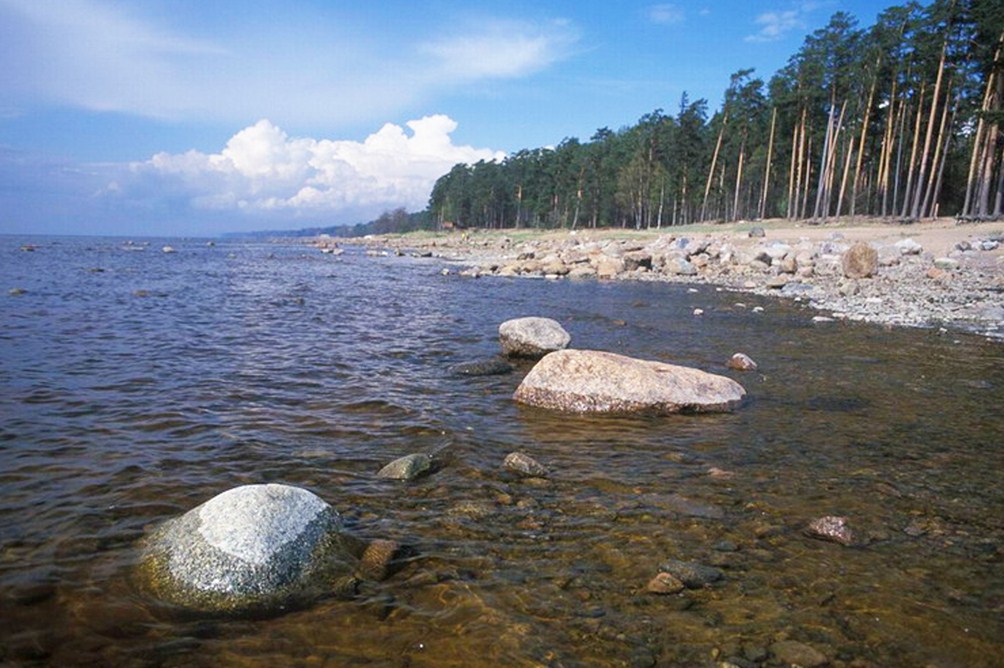 |
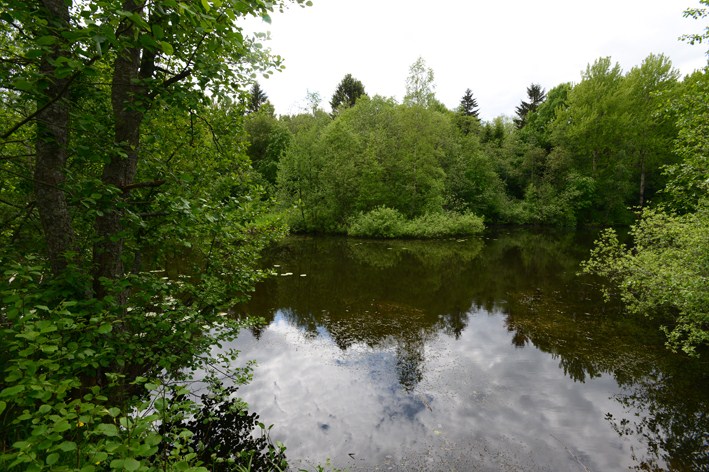 |
Petrovsky Pond Natural Monument The Natural Monument comprises an artificial pond and an adjacent territory. A small basin formed on the spot of a gigantic granite boulder — Thunder stone, extracted from the soil in 1769 and taken to become a pedestal for the world-known monument to Peter I, the Bronze Horseman, one of Saint Petersburg’s symbols. Flora of vascular plants in the Natural Monument amounts to more than 150species including rare types to be specially protected. |
|
Elagin Island Natural Monument The Natural Monument’s territory totally occupies an island of the same name, where a well-known Kirov Central Culture and Leisure Park is located. The island’s flora numbers over 500 species of vascular plants, including an abundance of invasive plants from different European, Asian and American regions.
|
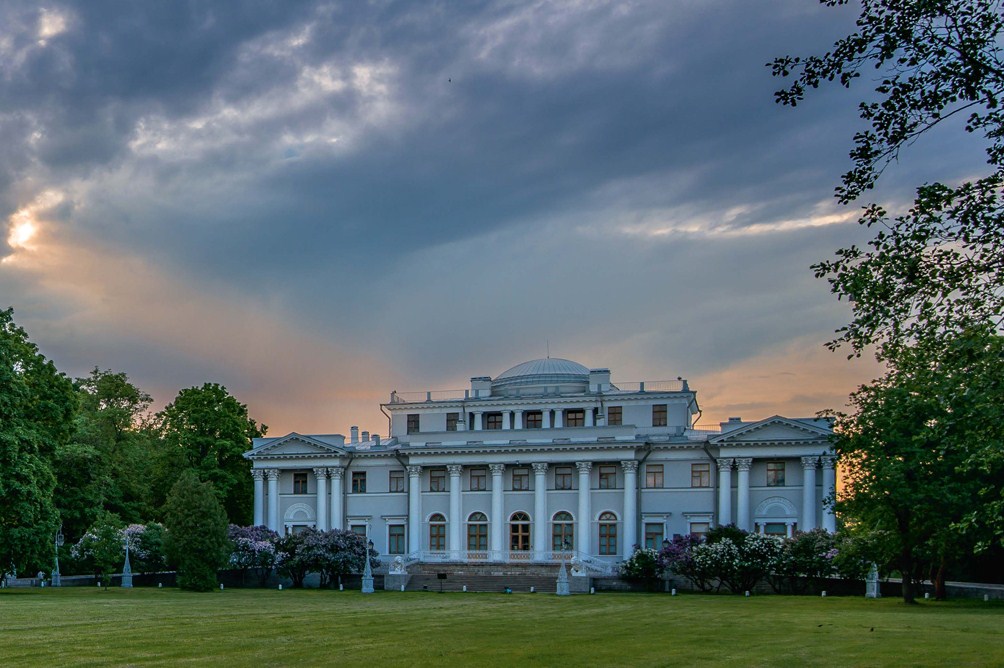 |
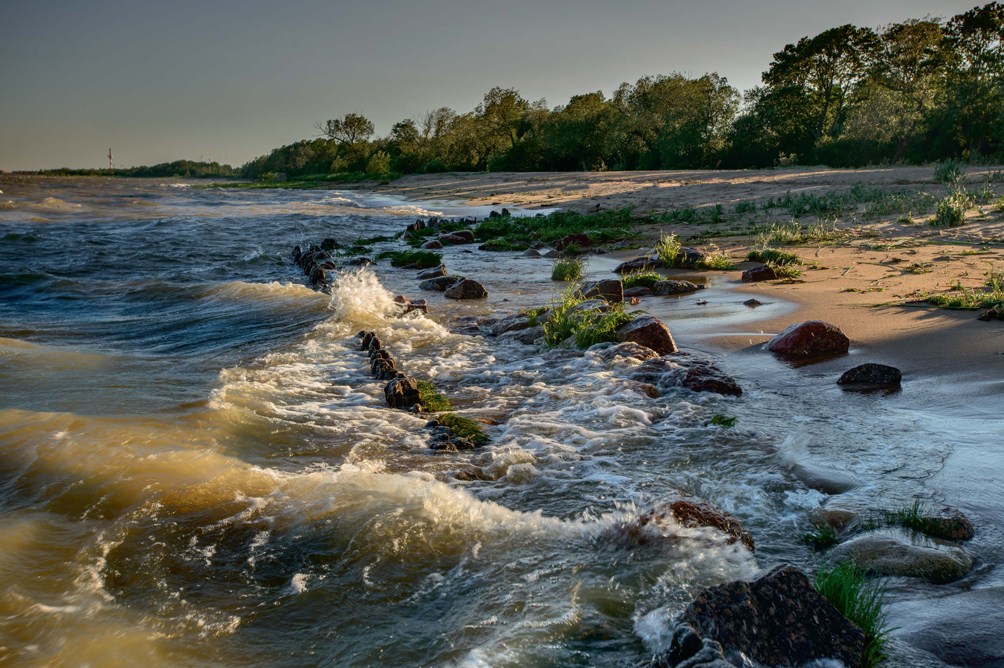 |
Western Kotlin State Natural Reserve It occupies the whole North-Western extremity of Kotlin Island. The reserve’s natural complexes are represented by black alder and young aspen woods, sparse willows on the shore banks and seaside plant entities on the sand shores. The island is surrounded by shallow waters with reed and rushy thickets. A short eco-route is a one-of-a-kind symbol of the Western Kotlin Reserve, as it encompasses all major natural and historical sights. |
|
Southern shore of the Neva Bay State Natural Reserve It comprises three blocks of the Neva Bay’s coast within the lower terrace and the littorina ledge slope. The reserve’s vegetation is represented mainly by small-leaved woods and meadow entitites alongside well-preserved blocks of old-world parks and broad-leaved planting. The coastal area with reed and rushy thickets serves as a migration stopover for swimming and semi-aquatic birds. |
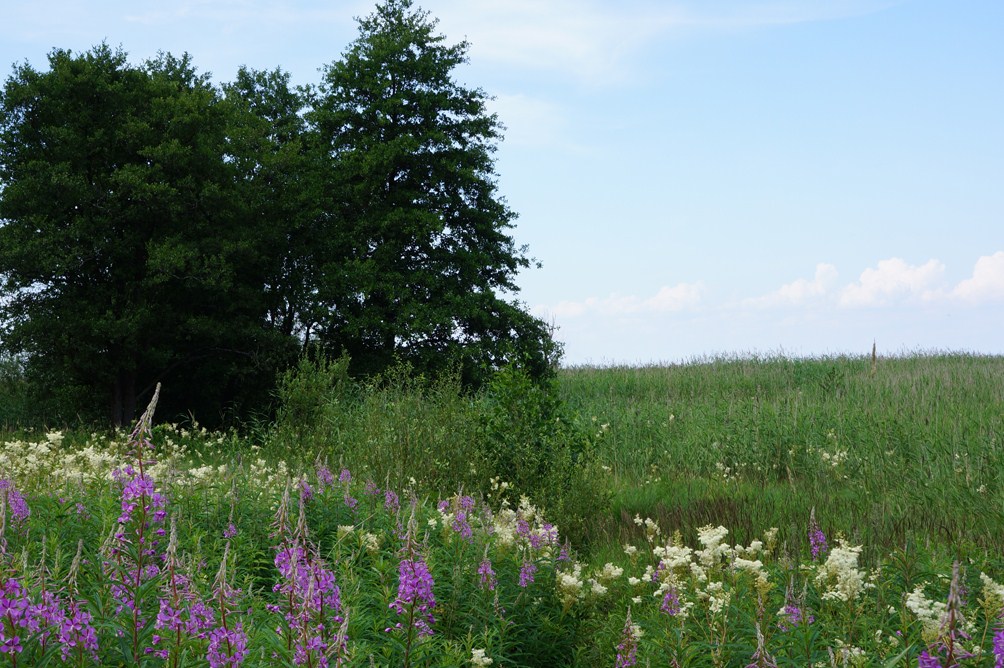 |
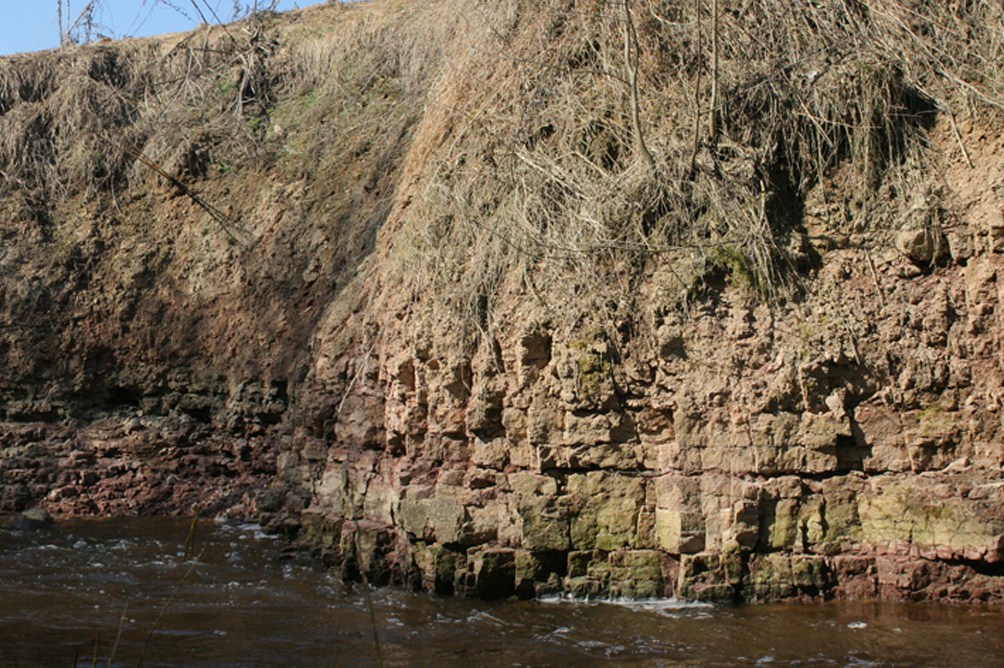 |
Popovka River-Valley Natural Monument Canyon-shaped stretch of Popovka River-valley with numerous crops of Palaeozoic rocks — formation of low Cambrian, low and middle Ordovician, middle Devonian, quaternary formations. The natural monument’s territory is of value as a natural monument of geological history of Northwest of Russia. |
|
Novoorlovsky State Natural Reserve The reserve is located in the rapidly growing part of Primorsky District and comprises pine and mixed woods of Novoorlovsky woodland park founded in 50s of ХХ century. The woodland park and the reserve got their names from formerly located Orlovsky woods owned by the count A.F. Orlov-Denisov-Nikitin. |
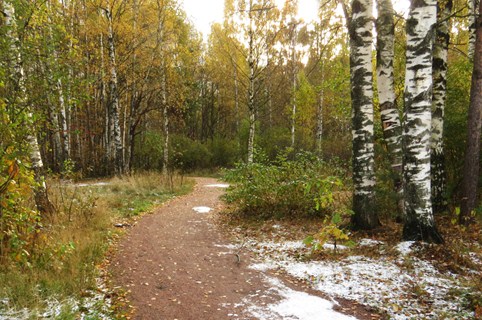 |
For the purpose of preserving unique and typical natural complexes and objects as well as for developing recreational functions of specially protected natural territories of Saint Petersburg, different ecologic and ornithic tours are organized on the premises of the reserves and natural monument.
Variety of natural beauties offer lots of potential opportunities for tourism development in the ecologic and entertainment way.
Lovers of nature and self-guided tours by car can take advantage of a special quiet nook. The Baltic Parking, parking lot for tourists travelling by motorcaravans, is located in the unique historic place on the picturesque coast of the Gulf of Finland, in the area of Strelna parkland. The Baltic Parking has a good transport accessibility. Thus, it takes 40 minutes to get from the city centre to the parking zone by boat. The parking is able to receive guests throughout the year and provide a well-developed infrastructure of services which totally complies with European standards.

 Back
Back